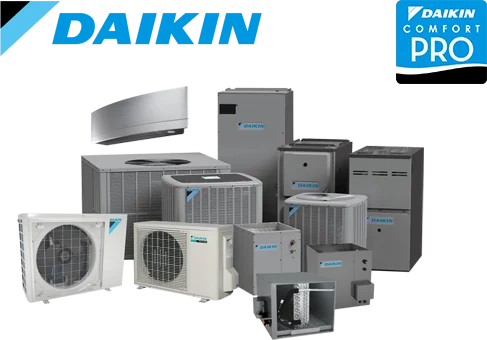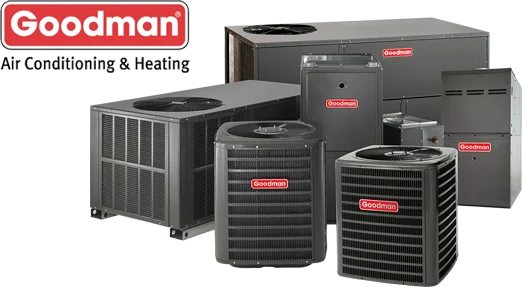

About
Corman and Sons
Corman and Sons
Corman and Sons Air Conditioning and Heating was started in 1995 with our first store front in Tavares, FL. We later expanded as we grew, remodeling a long-standing service station into our warehouse directly across the street from our office and storefront. We have since established roots in Eustis, FL where we have found a little bit of country outside of the downtown Eustis area. Our drive to serve our customers comes from more than just “the job”. Many of our current customers have been with us since our initial start in Tavares. They tell their friends, family, and neighbors about us because they have trust in us. Believing that our drive is to be the best customer service we can be. From the office to the field, you will find the same respect, understanding and desire to help our customers in a time of need. We welcome new customers to our family of service! You won’t be disappointed!
We offer repair services, routine maintenance, duct work/cleaning and provide options on air quality products. Also offering a full range of Daikin and Goodman products for full system installation. We’re more than just a trade, we’re a solution!

Our Services
Our Services

Air
Conditioning
Specializing in residential and light commercial air conditioning installations,.. read more

Indoor
Air Quality
Corman and Sons A/C and Heating Professionally Implement Professional and Proven Products such as Air Cleaners, read more

Heat Pumps
Does your heat pump seem to be on the fritz lately? Has it stopped functioning completely?... read more
Customer Reviews
Customer Reviews
Bob G.
Penny S.
Chris R.
Kitty W.
Lisa W.
Mary R.
Experience the Future of Cooling with R32!
Experience the Future of Cooling with R32!
refrigerant that’s more energy-efficient, eco-friendly,
and powerful. Perfectly engineered to keep you cool
while reducing your carbon footprint.
Experience the Future of Cooling with R32!
Experience the Future of Cooling with R32!
Featured Manufacturer
Featured Manufacturer







